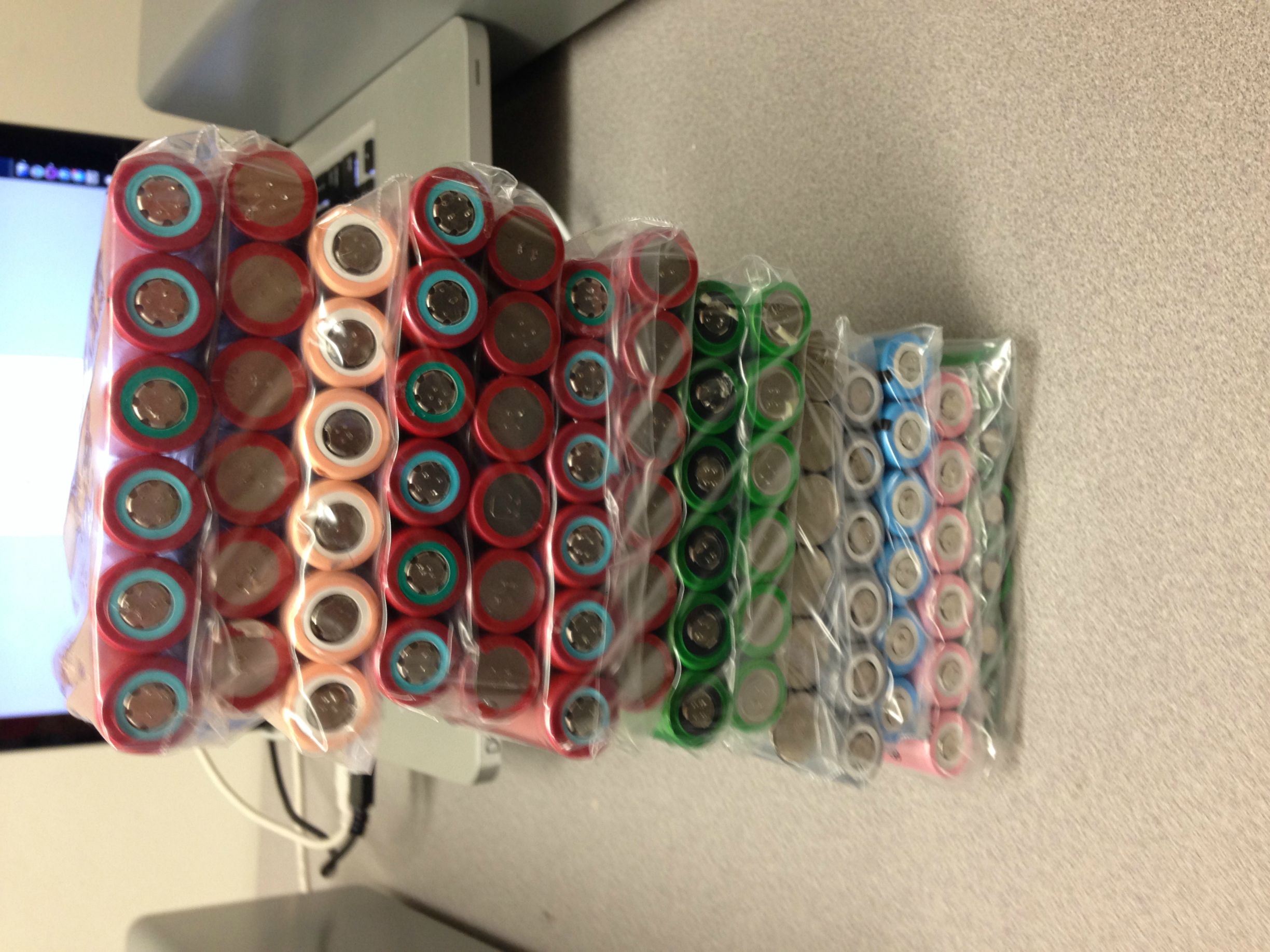Test the batteries with a multi meter, if they are below 2.5v they might not be salvageable, but if they are around or over that you should be able to save them.
One might say that's conventional wisdom. But I'm in the process of reviving 6 18650's from a new-old-stock laptop battery that were TOTALLY dead, and having 2nd thoughts on that. Probably the battery monitoring circuit drained them to 0.00V, and cells sat like that for a loooong time (months
at least, possibly years). Yet I see one after the other coming back to life, first specimen looks to have good capacity left, and behavior is fairly consistent between cells.

Also I've seen some manufacturer documentation suggesting that it
may not be a problem when a battery arrives empty (that is: near 0V) at customer's location.
My gut says it may be comparable to how electrolytic capacitors behave when they haven't been used for years. Basically: charge & discharge regularly: no problem. Sit on the shelf for years, suddenly apply rated voltage, and there's a good chance it goes

.
I've seen this happen with 80's homecomputers, old power supplies, and CRT televisions. For some background, see for example here:
Reforming Electrolytic Capacitors
So @ this point I'm more interested in the how & why, what happens
exactly inside these cells. And judge cells on their
history & behavior, rather than a quick voltage reading.
I'd keep an eye on the ones that have been deeply discharged. There is always a little worry about lithium-ion from what I've read.
For the cells that are low, My route would be to hook them up to my programmable Agilent power supply and set the current limit low with a voltage at 4.20v and just see how they respond (ie: is the voltage rising)
Indeed something like that may make more sense. My procedure so far:
1. Place in charger (which indicated "faulty" and wouldn't charge) to have 'em soak up a few mA's, and see if voltage continues to climb no matter how little. Only saw a few dozen mV's here...
2. Keep 'em in there until voltage hits ~2.0V. Capacity @ this point appeared practically nothing.
3. For cells where this took too long, a few 1-2 second 'jumpstarts' by short circuiting with a fully charged & known good 18650. Repeat with step 2.
4. After crossing into 2.0-2.5V, I could see they started to soak up charge. Brought them up to ~3.0V, took them out of the charger and just let them sit for a day. This gives the cell time to restore its electro-chemistry into normal operating state, while still at a relatively low voltage & state of charge. Voltage drops somewhat again, as expected.
5. First charge (only 2 cells so far). Lots of time spent around the 3.8V mark.
6. At least for the cells in this pack, it looks like once they hit 4.2V, they're good to go, and the only remaining question is capacity.
7. A couple of regular cycles (only did 1 so far), and repeat for the other cells. I wish I had some automated setup for that.  And a flashlight is a pretty poor choice to give them a first run, if a cell decides to go
And a flashlight is a pretty poor choice to give them a first run, if a cell decides to go  at that point.
at that point.
If you are messing with lithium ion cells like this you probably should have a voltmeter.
Not "probably"... MUST.





 . I've seen this happen with 80's homecomputers, old power supplies, and CRT televisions. For some background, see for example here:
. I've seen this happen with 80's homecomputers, old power supplies, and CRT televisions. For some background, see for example here: 